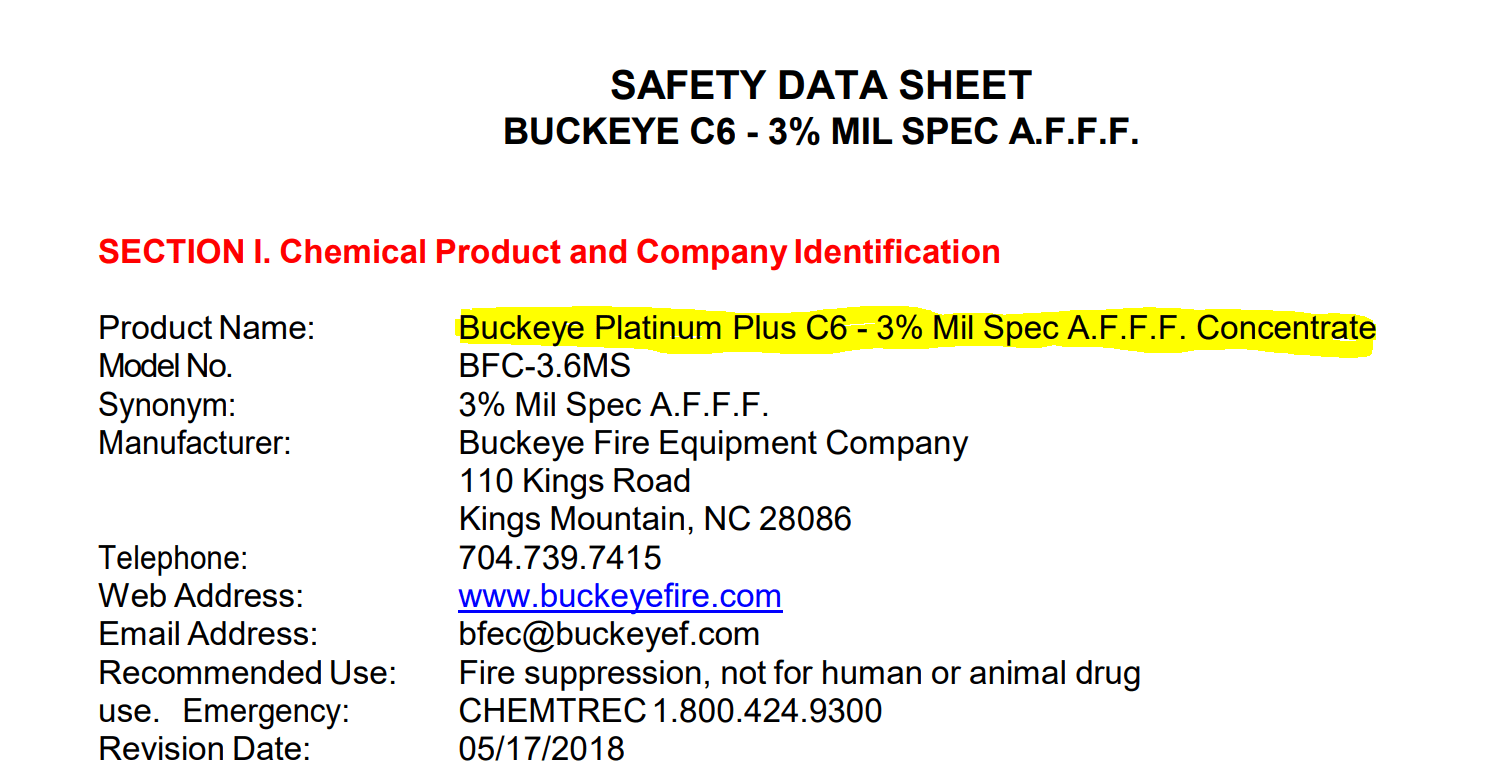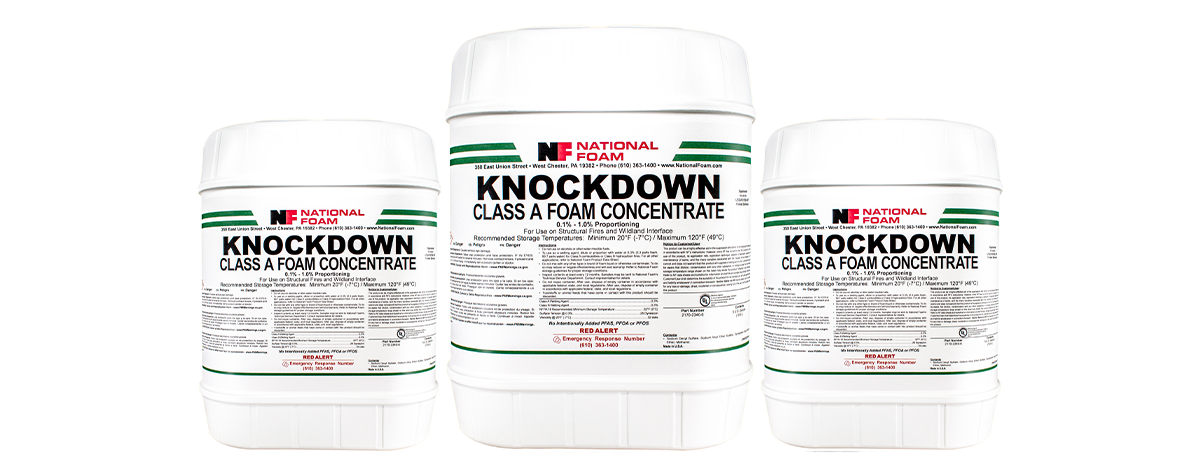class a foam percentages
Effective compressed-air foam for fire attack can be created through a 1 ¾ line using a smooth-bore nozzle with a 1516 tip flowing 90100 gpm and 4045 cfm at 100 psi. It should not be used on fires involving ethanol-gasoline blends containing more than 10 percent ethanol.
Class B foam is used on flammable liquids.
. 3 to fight a common gasoline or diesel fire at an accident. This is a biodegradable mixture of foaming and wetting agents. PHOS-CHEK WD881 Class A Foam concentrate is specially formulated to make water more effective for firefighting.
When mixed in correct proportions with water it can change two properties of the. CLASS A FOAM CONCENTRATE. Todd Bane outlines the best uses of Class B foam while Anthony Tricarico addresses Class A foam and wetting agents.
Class B foam is used at one three or six percent describing the percentage of foam concentrate in the foam solution. In addition foams make water five times more effective on Class A fires and cling to vertical surfaces providing structure protection. Clings to vertical surfaces and.
Class a foam percentages Tuesday May 3 2022 Edit. Costs of equipment Departments reported equipment. The proper percentage depends on the fuel burning and most importantly the manufacturers recommendations.
The unique combination of surfactants in PHOS-CHEK WD881. Class A foam concentrate was developed in 1984 in order to more efficiently fight Class A fires. Fire Cap Plus A and B product is UL approved and are certified for use at 025 for Class A fires and 03 for Class B fires.
Insulates fuels and excludes oxygen. CHEMGUARD Class A foam concentrates combine foaming and wetting agents for use in a variety of firefighting applications. Compare those percentages to most Class A and B foam and you will find why we are the best value.
Absorbs maximum BTUs due to its large surface area. When proportioned with water Class A concentrates reduce. Some of the reasons for the firefighter aversion to using Class B foam may be from a lack of experience with it both in training and in.
In reality Class B foam applications are fairly simple. With regular AFFF foam it can be metered at 1. Reflects radiant heat and is highly visible.
Class A foam is used on common combustibles such as paper wood and textiles. While Class B foam is generally more expensive than Class A using several gallons for education and training is money well spent for municipal departments. Foam options for fighting Class A fires include SILV.
Advantages of Class A Foam Increase the effectiveness of water Extend the useful life of water Provide short-term fire. Class B foam is used at one three or six percent. Even if the last.
Typical percentage ranges for using Class. Compare those percentages to most Class A and B foam and. Class A foam first.
The purpose of Class A concentrate is to. Class A Foam Benefits. A product that relies primarily on the water it contains for firefighting.
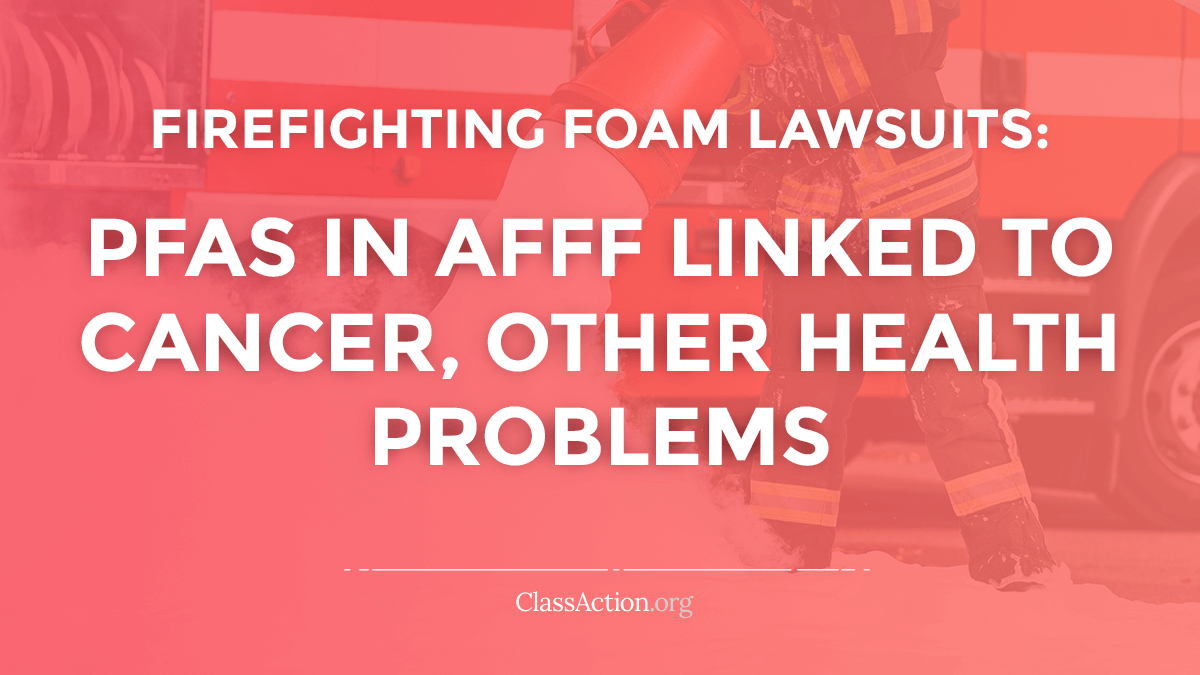
Afff Fire Fighting Foam Lawsuits Pfas Cancer Classaction Org

Compatibility Of Aqueous Film Forming Foams Afff With Sea Water Sciencedirect
Foampro Class A Foam 1600 Series
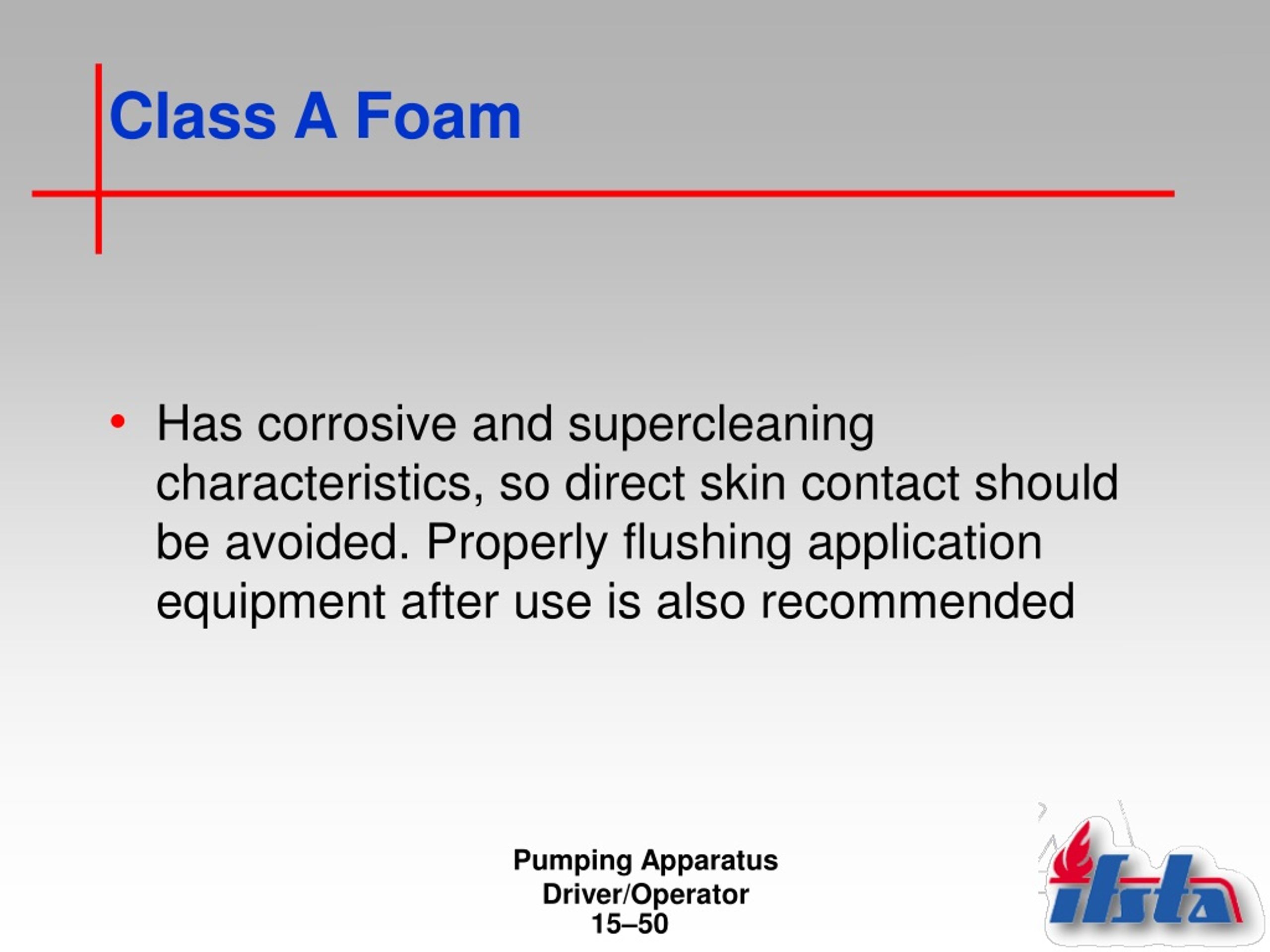
Ppt Pumping Apparatus Driver Operator Lesson 15 Powerpoint Presentation Id 332391

Solved Use The Ternary Diagram Of Figure 2 And Your Chegg Com

Compressed Air Foam System Wikipedia

Propotional Rtp Foam Godiva Ltd Pdf Catalogs Technical Documentation Brochure
Foam Flo Foam Proportioning System Cascade Fire Equipment

How Does A Fire Fighting Foam Concentrate Work On Fire Bioex

Class A Foam Perimeter Solutions
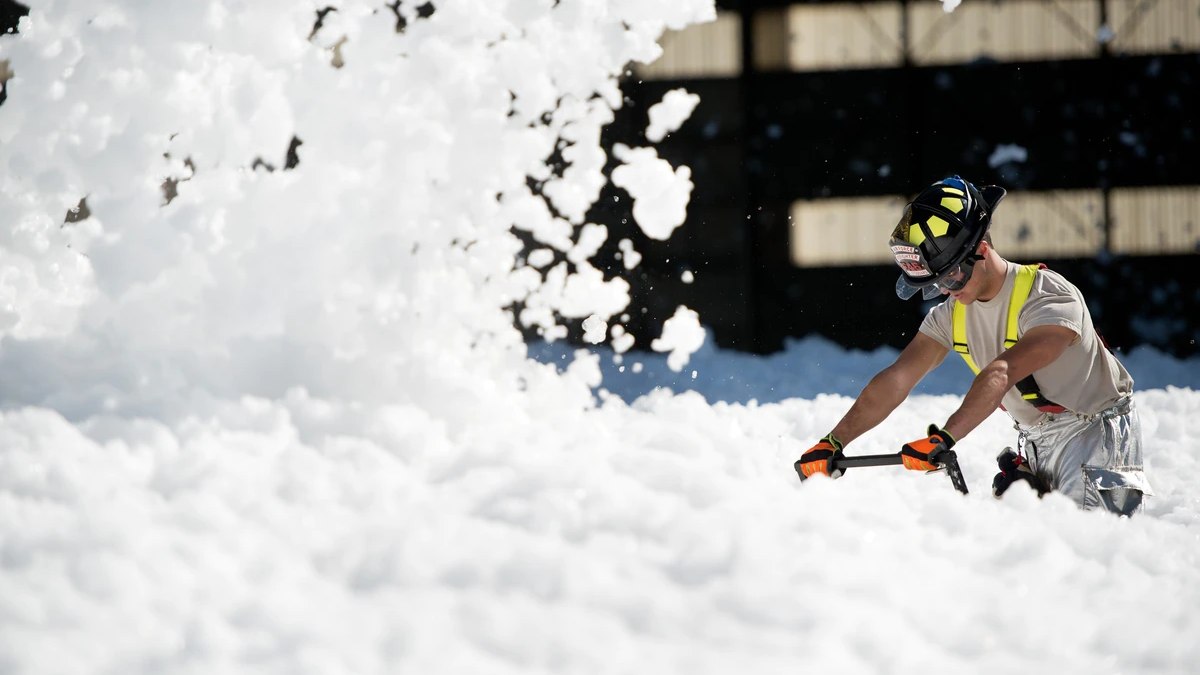
Forever Chemicals What Firefighters Need To Know About Afff And Pfas

Fireade Fireade Firefighting Products

Novacool Uef Multi Purpose Universal Fire Extinguishing Foam Eco Caf Compressed Air Foam Systems Caf Fire Extinguishers And Fire Skid Units

Selecting The Right Foam Fire Apparatus Fire Trucks Fire Engines Emergency Vehicles And Firefighting Equipment
![]()
Icao Levels A B C Onshore Civilian Airports Oil Technics Fire Fighting Foam

